
The Ultimate Guide to Reykjavik
If you’re dreaming of Iceland, this ultimate guide to Reykjavik will prepare you for the perfect trip. From fascinating history and unpredictable weather to world-class restaurants, museums, and adventures, Reykjavik offers something for every traveler year-round. Read on to discover how to make the most of your trip to Reykjavik.
Reykjavik Weather
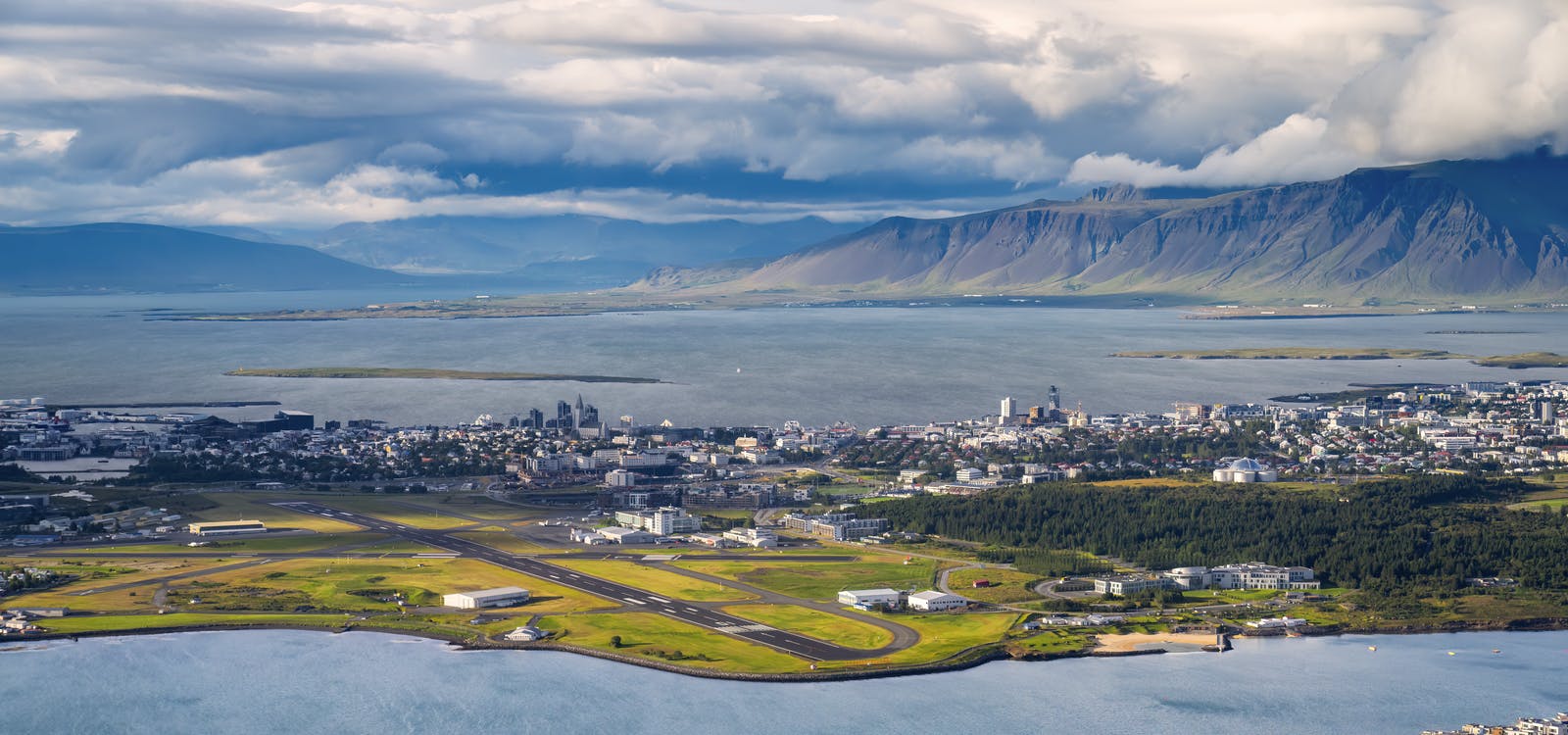
The weather in Reykjavik is famously unpredictable. Winter brings chilly winds, snow, and average temperatures around freezing, while summers offer mild weather with 20+ hours of daylight. No matter the season, sudden shifts in rain, sun, or wind can occur.
Travelers should dress in layers, pack waterproof gear, and be prepared for sudden weather changes. During summer, enjoy endless daylight for sightseeing. In winter, short days mean long nights, perfect for Northern Lights viewing. Always check daily forecasts before heading out to explore Reykjavik.
Seasonal average temperatures in Reykjavik:
- Winter (December–February): -1°C to 3°C (30°F to 37°F)
- Spring (March–May): 0°C to 9°C (32°F to 48°F)
- Summer (June–August): 10°C to 15°C (50°F to 59°F)
- Autumn (September–November): 2°C to 7°C (36°F to 45°F)
History of Reykjavik
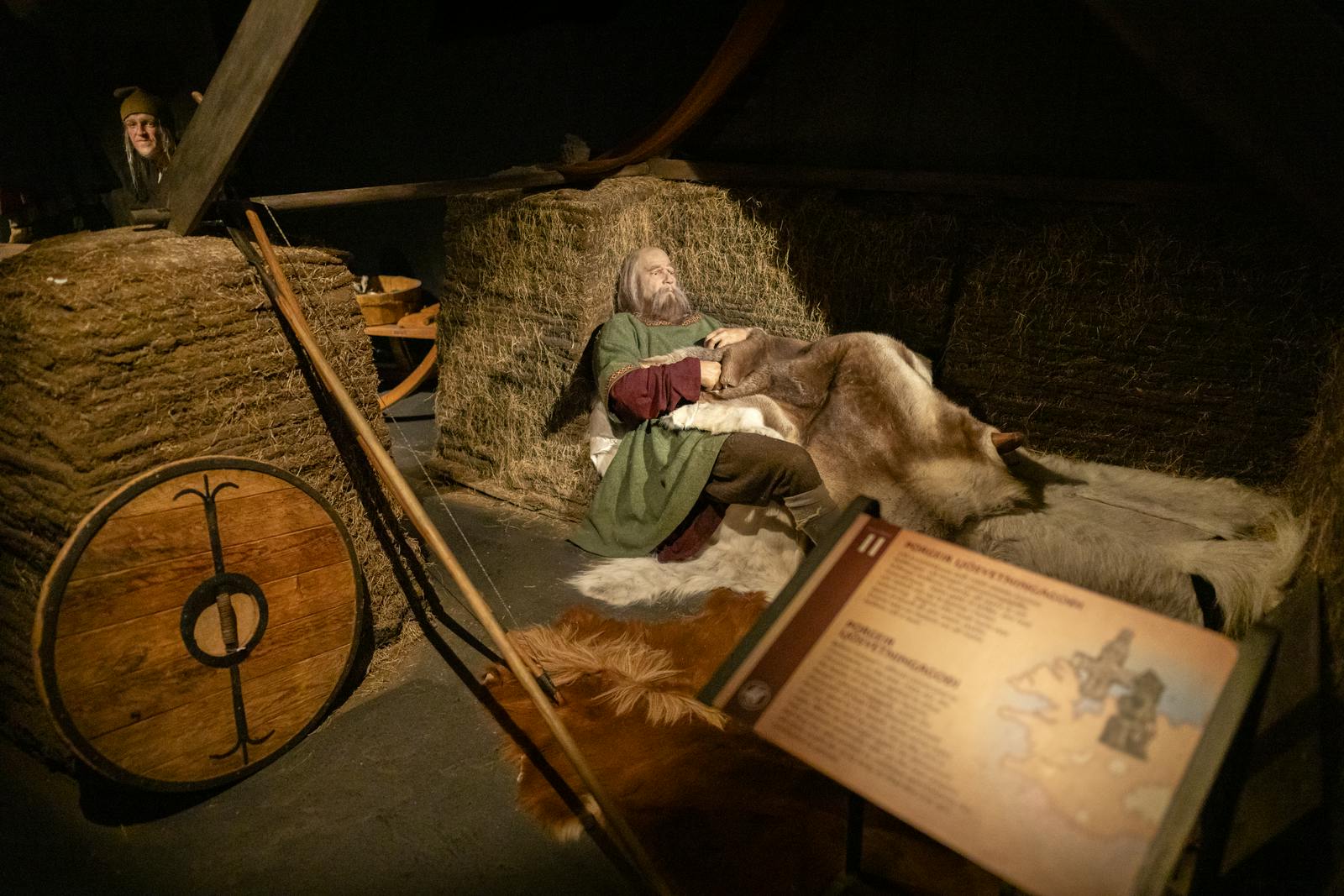
Reykjavik is Iceland’s cultural and political heart, with origins tracing back to Viking settlement in 874 AD. Ingólfur Arnarson built the first homestead here, naming it “Reykjavik,” or “Bay of Smokes,” after the geothermal steam rising from surrounding hot springs.
Over centuries, Reykjavik grew from a humble fishing village into a thriving trade hub. By the 18th century, it became central to Iceland’s independence movement, housing key events that shaped modern Iceland. Its history remains visible in monuments, museums, and preserved architecture throughout the capital.
Visit Perlan’s Timeline of Iceland exhibit to discover both Reykjavik’s past and the history of Iceland as a whole.
When to Visit Reykjavik?
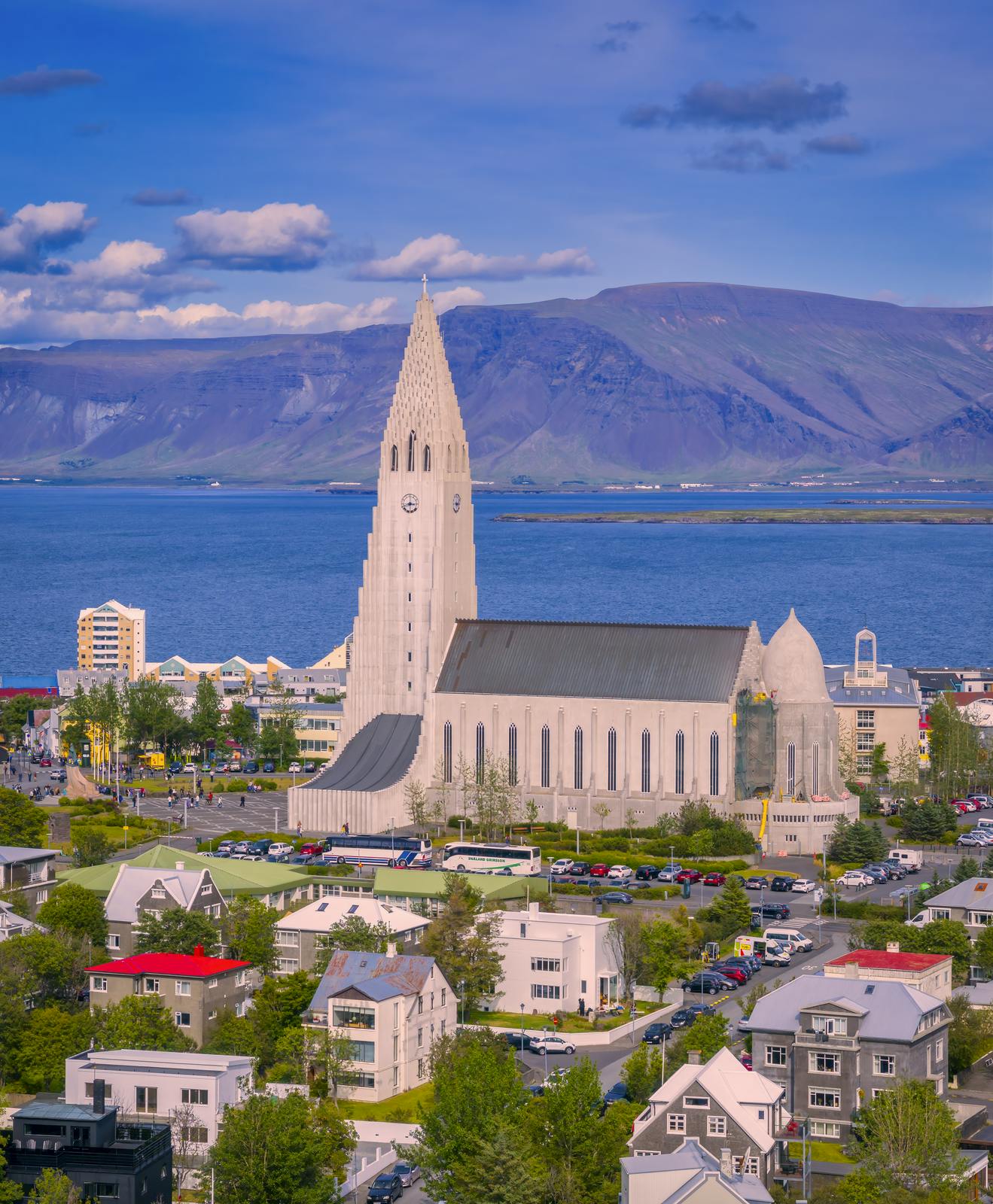
Reykjavik is truly a year-round destination, with each season bringing its own unique blend of weather, festivities, and activities. To help you choose the ideal time, we’ve outlined the city’s highlights below—whether you crave crisp winter nights or the endless daylight of the Icelandic summer. For an in-depth look at overall weather patterns and annual events, be sure to check our comprehensive guide on the best time to visit Reykjavík.
In winter, Reykjavík transforms into a cosy wonderland perfect for spotting the Northern Lights, enjoying holiday magic around Christmas, or watching spectacular fireworks on New Year’s Eve. If you’re planning a seasonal trip, don’t miss our detailed posts on things to do in Reykjavik in winter, Christmas in Reykjavik, and Reykjavik New Years for insider tips on the city’s frosty charms.
Summer days are great for whale-watching adventures, puffin-spotting excursions, and nearly endless daylight, perfect for exploring on foot. For more ways to make the most of warmer weather, head to our dedicated page on things to do in Reykjavik in summer.
If you are planning a trip to Reykjavík in August 2026, it will be a prime location for experiencing the Solar Eclipse 2026 in Iceland.
When To Visit Reykjavik by Season
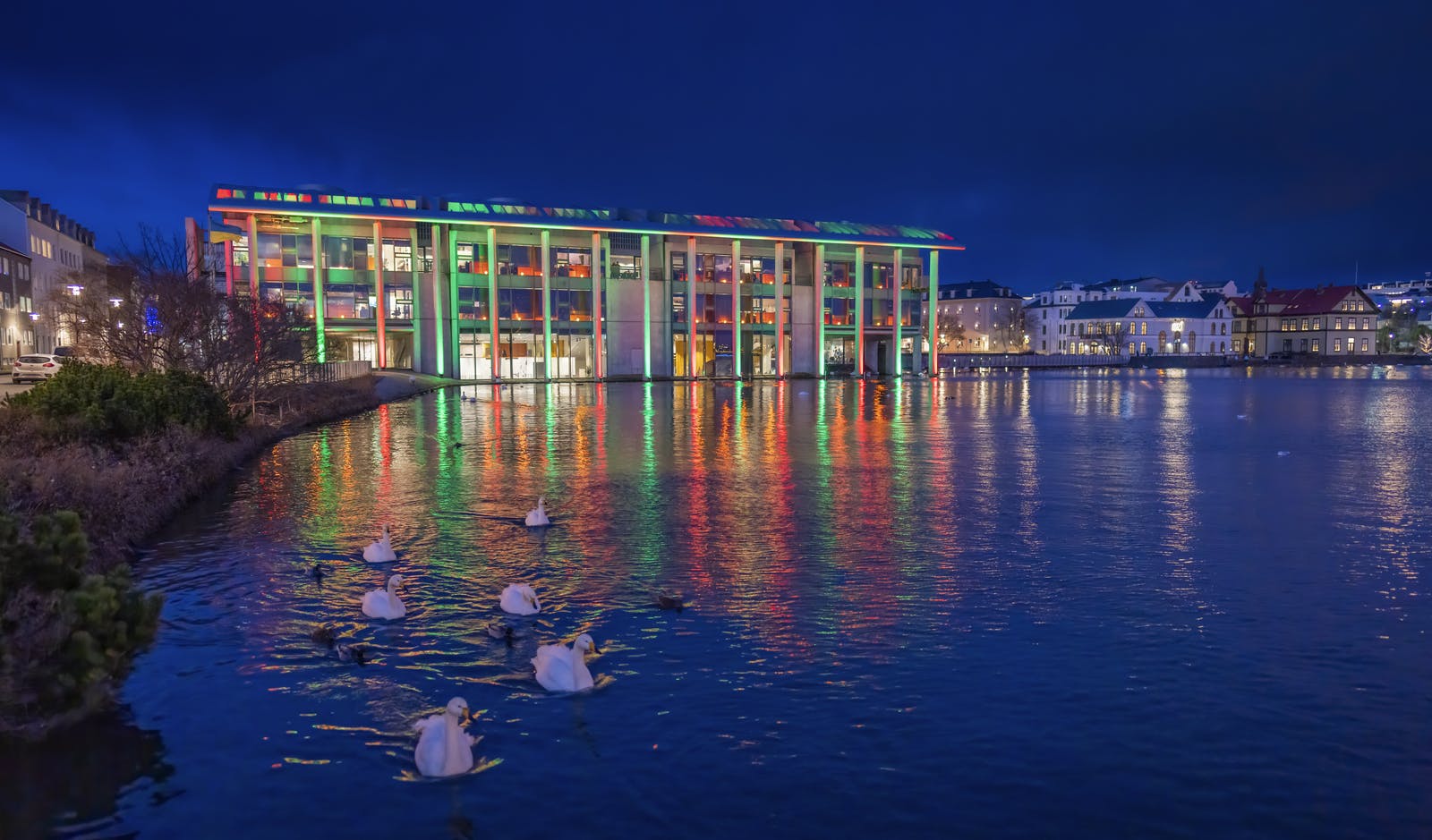
Here are some things you can expect when visiting Reykjavik in each season:
- Spring in Reykjavik (March, April and May): Shoulder season perks, fewer crowds, and the possibility of catching late auroras.
- Summer in Reykjavik (June, July and August): Midnight sun, puffin sightings, whale-watching, and outdoor festivals.
- Autumn in Reykjavik (September, October and November): Beautiful fall colors, harvest festivals, and a chance to spot the Northern Lights early in the season.
- Winter in Reykjavik (December, January, February): Northern Lights, ice skating on Tjörnin, Christmas markets, and cosy café culture.
Whether you visit in mid-winter or the heart of summer, Reykjavík’s charm shines all year.
Best Restaurants in Reykjavik
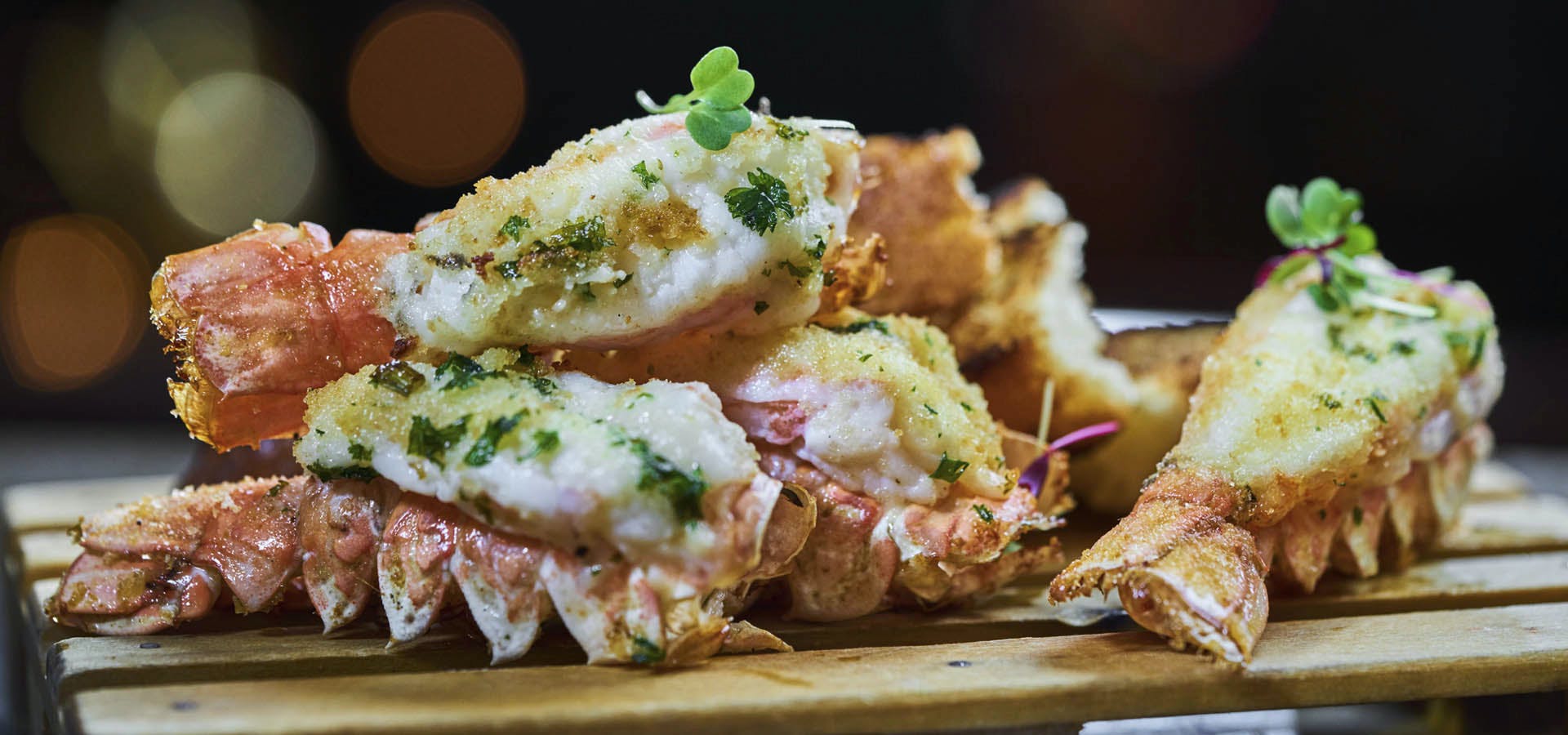
Reykjavik’s dining scene is innovative, creative, and surprisingly diverse. Food lovers can enjoy Michelin-starred fine dining, casual street food, or traditional Icelandic delicacies. The city’s chefs emphasise local ingredients, such as lamb, seafood, and dairy, creating unique dishes deeply tied to Icelandic culture.
Highlights include Dill Restaurant, famous for Nordic tasting menus, and Matur og Drykkur, which modernises heritage recipes. Don’t miss Bæjarins Beztu Pylsur, Iceland’s legendary hot dog stand, or The Grill Market, where fire-grilled meats and fresh seafood shine. Vegetarian and vegan eateries are also growing quickly.
Top Places To Eat in Reykjavik
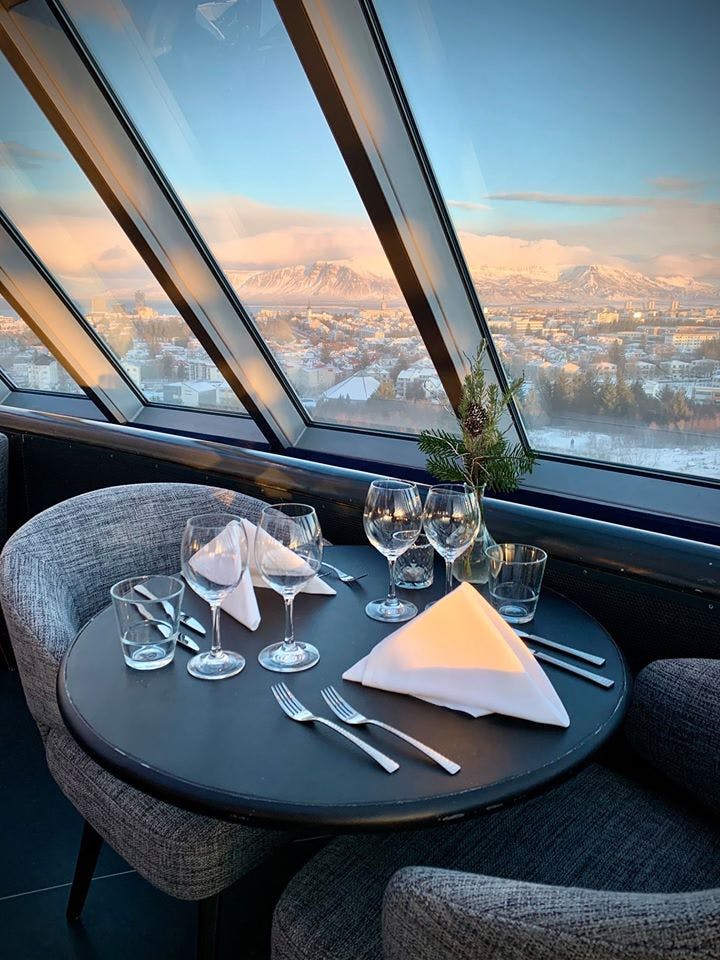
Reykjavik’s dining scene is both diverse and innovative, blending traditional Icelandic flavors with modern global influences. From Michelin-starred fine dining and vibrant food halls to cozy cafés, hot dog stands, and beloved ice cream shops, there’s something for every taste and budget. If you’re ready to explore the city through its food, then here are the best places to eat in Reykjavik.
Food Halls:
- Hlemmur Mathöll – Reykjavik’s first food hall, offering diverse stalls from tacos to Vietnamese pho.
- Grandi Mathöll – Located by the Old Harbour, featuring fresh seafood, craft beers, and international bites.
Iconic Restaurants:
- Dill Restaurant – Michelin-starred Nordic fine dining.
- Matur og Drykkur – Modern Icelandic cuisine inspired by traditional recipes.
- The Grill Market – Upscale steak and seafood in a stylish setting.
- Eiriksson Brasserie – Italian-inspired, elegant dining in a historic bank.
- Perlan Restaurant – Elegant dining under a glass dome, with breathtaking panoramic views of Reykjavik.
Famous Hot Dog Stands:
- Bæjarins Beztu Pylsur – World-famous hot dogs with crispy onions and remoulade.
Ice Cream Shops:
- Valdís – Creative flavours, fresh waffle cones, and a local favourite by the harbour.
- Ísbúð Vesturbæjar – A Reykjavik institution for soft-serve with endless toppings.
Read more about the best restaurants in Reykjavik before you visit.
Things To Do in Reykjavik
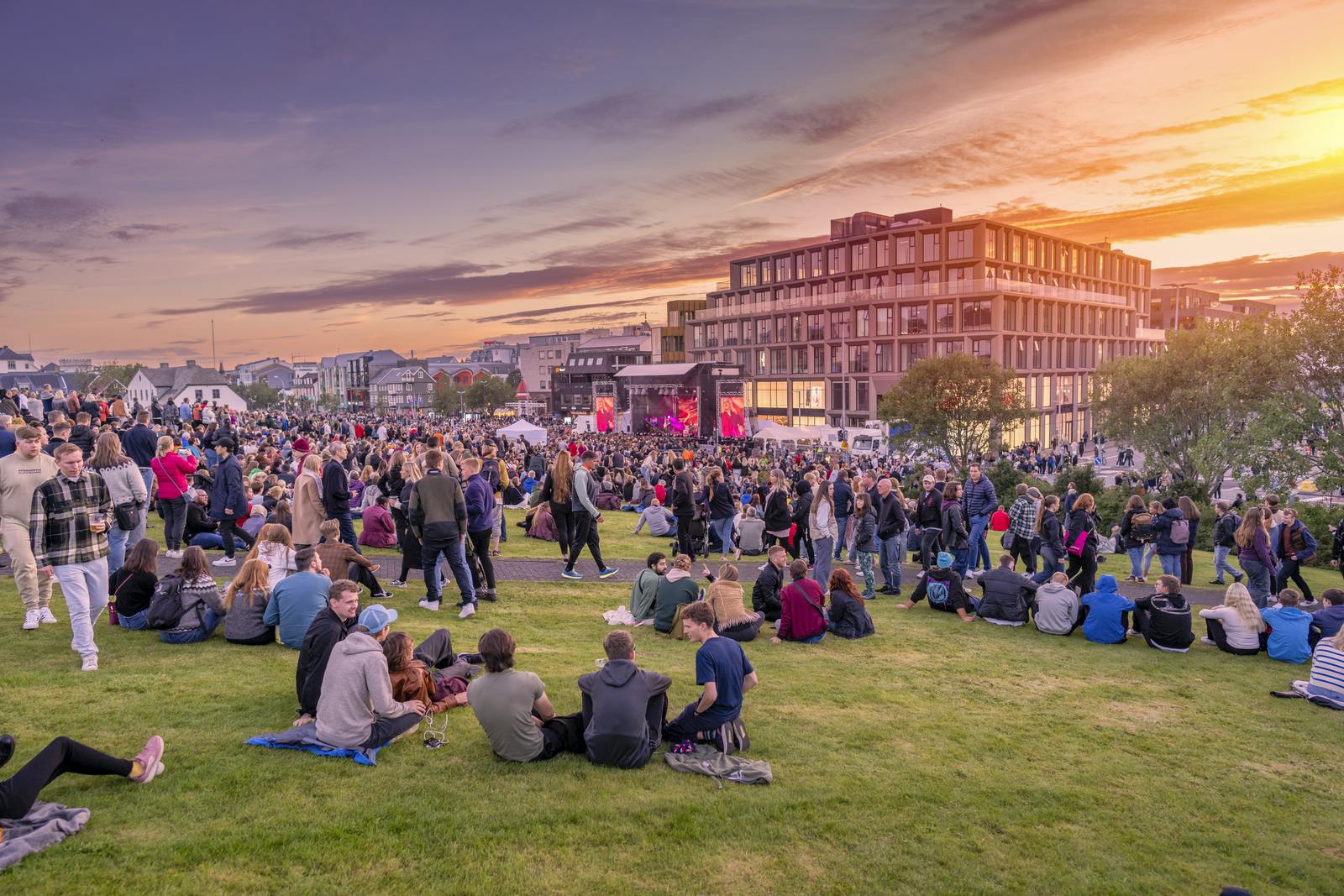
Reykjavik offers countless attractions for visitors, blending history, culture, and modern design. From churches and concert halls to food, art, and panoramic views, the city has something for everyone. Below are seven must-see highlights.
1. Visit Hallgrímskirkja Church

The city’s most iconic landmark, this towering church offers breathtaking panoramic views from its observation deck. Its striking design, inspired by Iceland’s basalt columns, makes it a must-visit for architecture lovers and photographers alike. Hallgrímskirkja also stands at the very heart of Reykjavik, symbolising the city’s spirit and history.
Climbing to the top is one of the best ways to truly appreciate Reykjavik’s colorful rooftops, surrounding mountains, and even the distant sea, an experience that makes this church an essential stop on any ultimate guide to Reykjavik.
2. Walk along Laugavegur Street
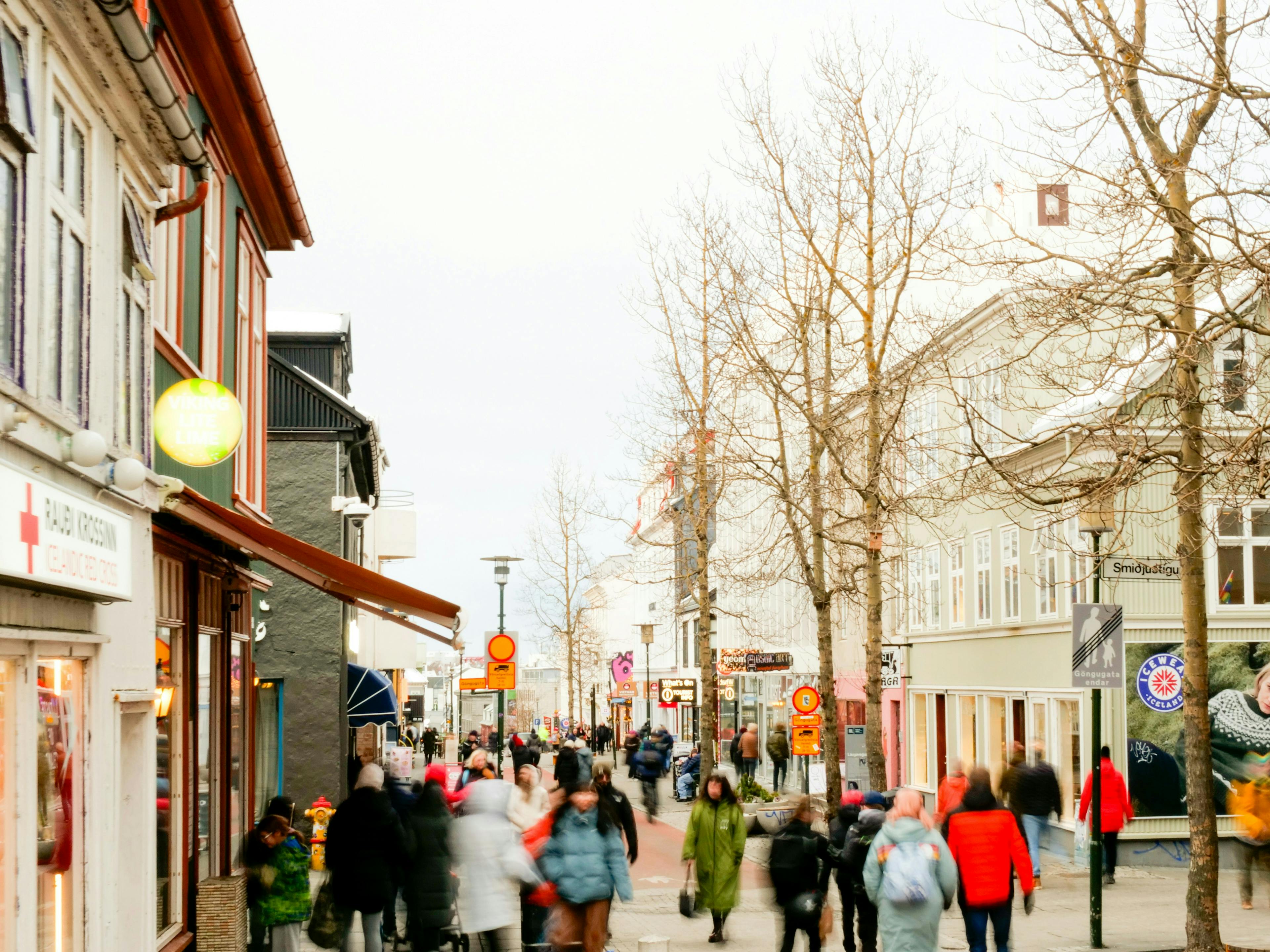
This lively main street is perfect for shopping, dining, and nightlife. Laugavegur Street is lined with boutique shops offering Icelandic fashion and design, quirky cafés where you can warm up with specialty coffee, and vibrant street art that makes every stroll feel like an open-air gallery.
As night falls, the street transforms into a hub for Reykjavik’s nightlife, with bars, clubs, and live music venues drawing locals and travelers alike. It’s the beating heart of the city’s social and cultural scene, and wandering here is one of the best ways to soak in Reykjavik’s unique energy.
3. Discover Perlan
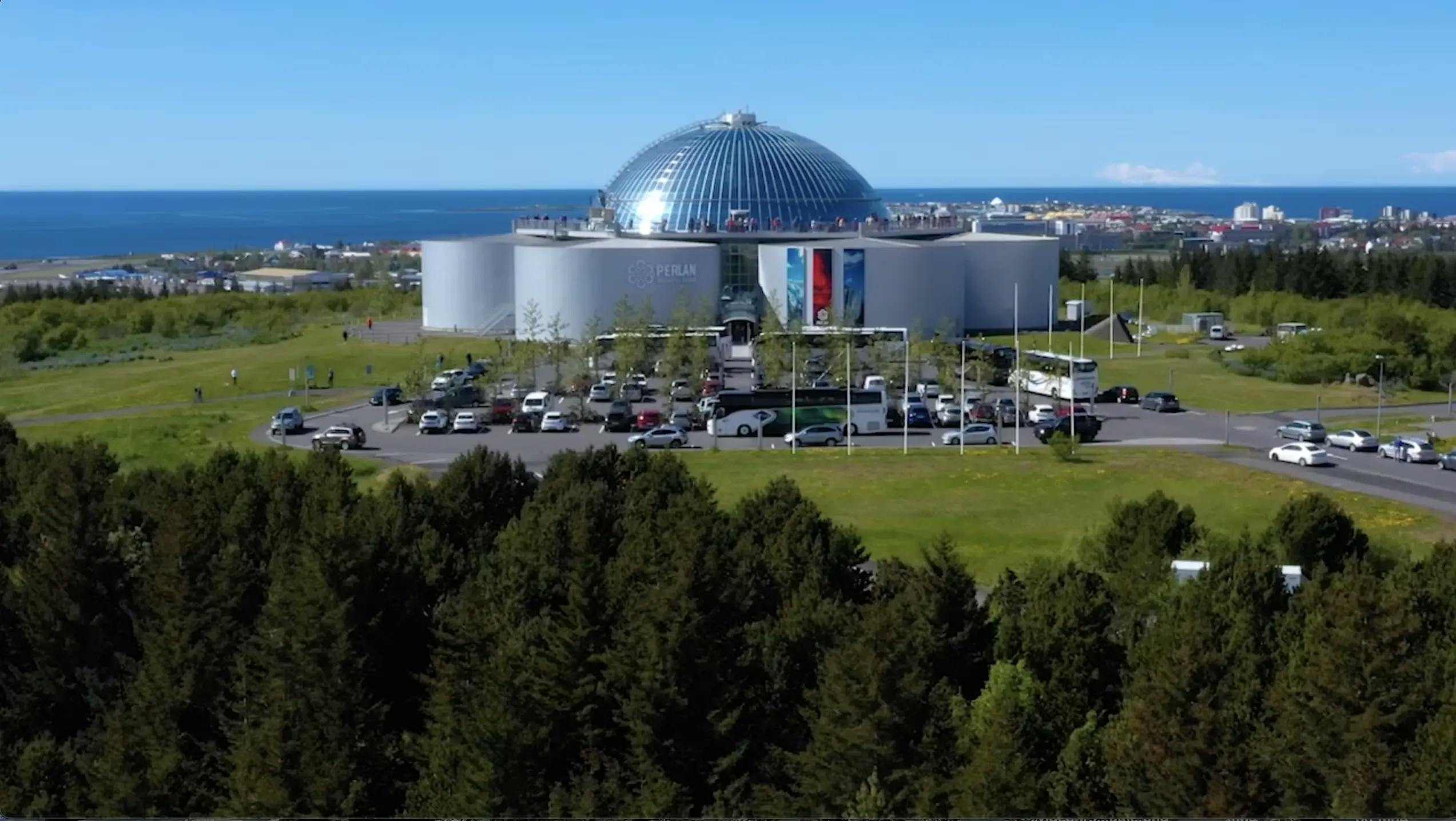
Situated on Öskjuhlíð Hill, Perlan combines science, nature, and dining under a stunning glass dome. Explore exhibitions like the Ice Cave and Planetarium and the Northern Lights Show, then enjoy the observation deck or dine at Perlan Restaurant for incredible views of Reykjavik.
See the best places for views of Reykjavik City.
4. Stroll Along the Old Harbour
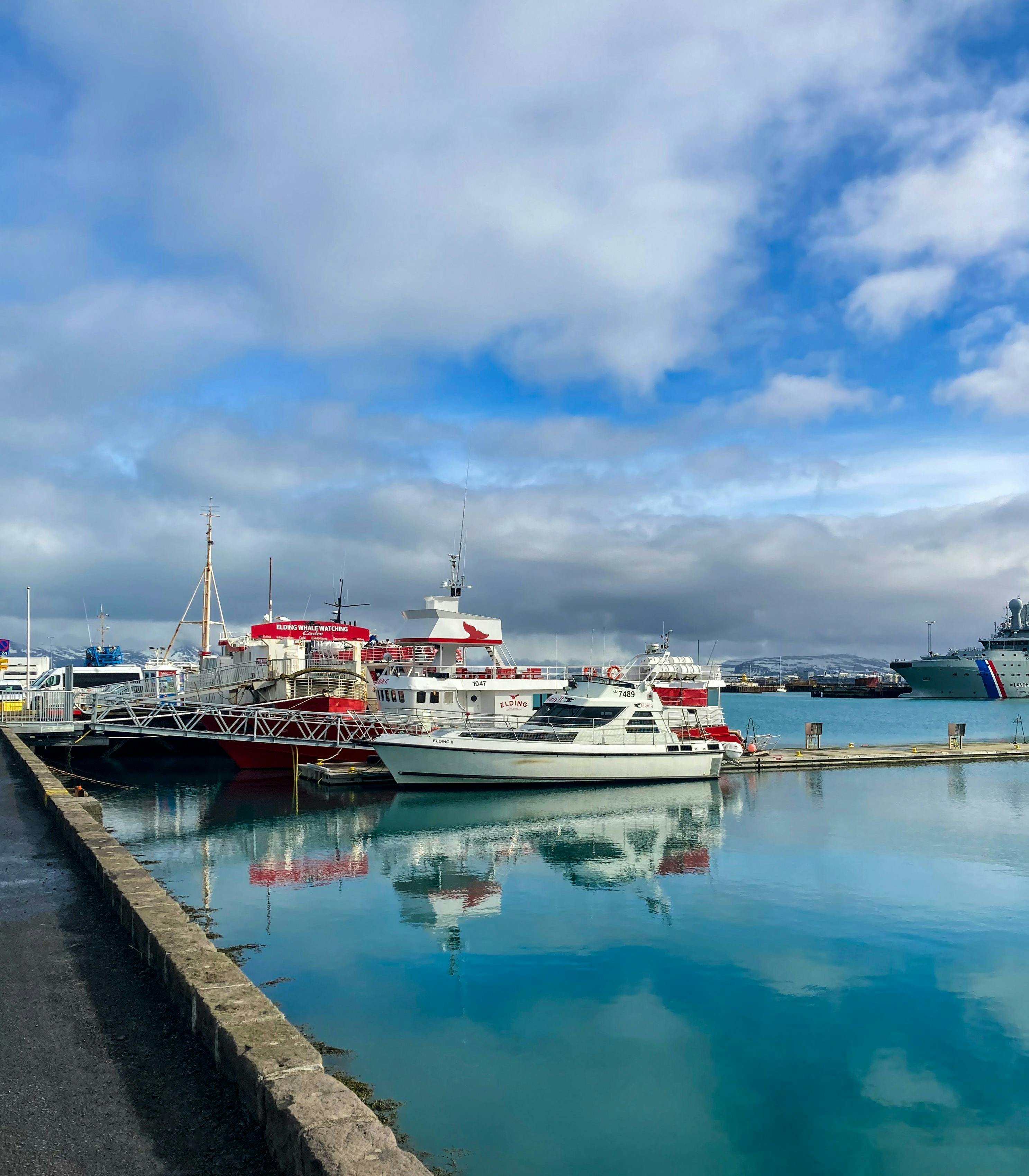
Reykjavik’s Old Harbour is a hub for whale watching tours, puffin cruises, and fresh seafood restaurants. Colorful fishing boats, street food stalls, and cultural spaces make it a vibrant area to explore both day and night.
5. Go to a Concert at Harpa Concert Hall
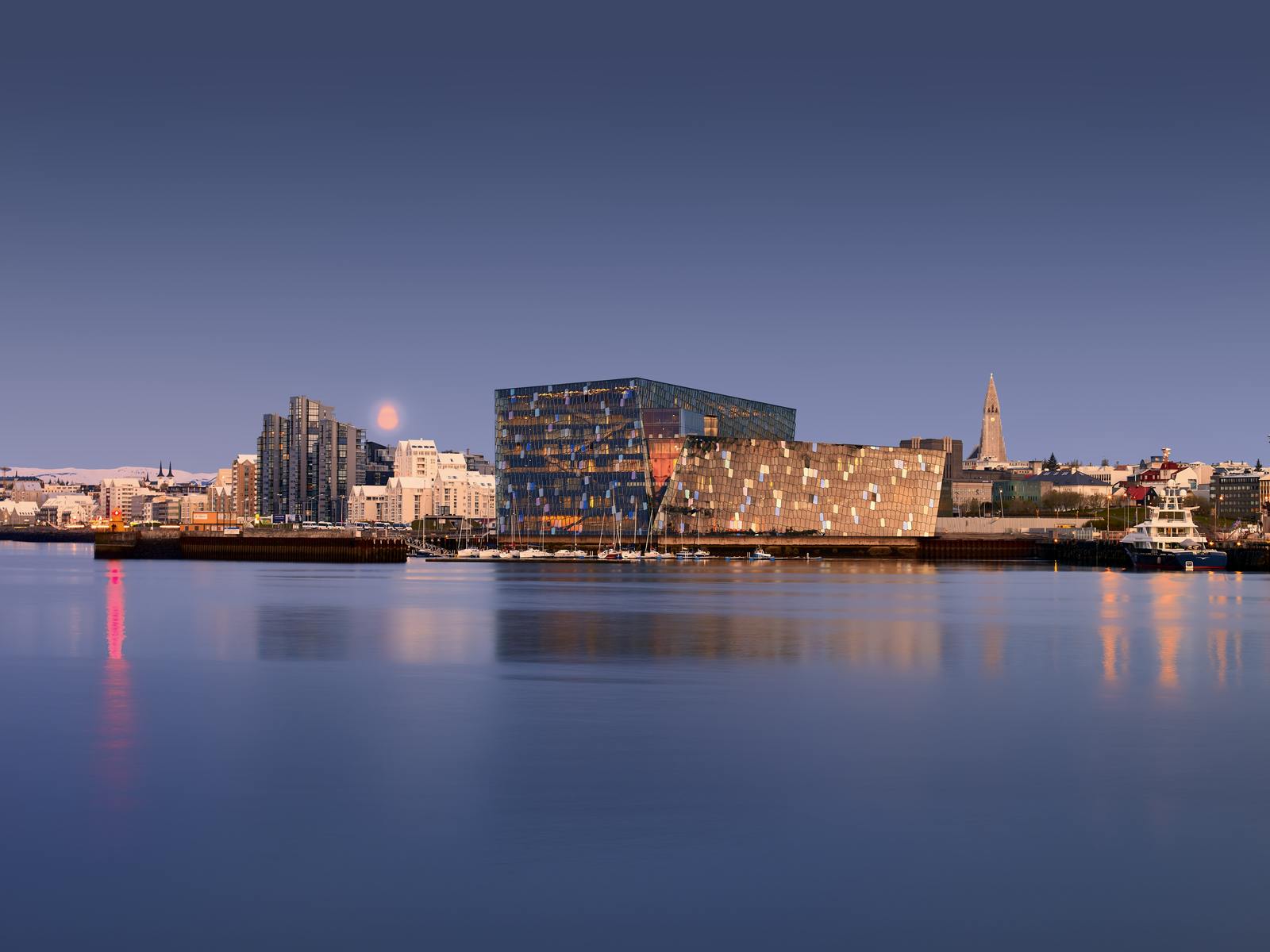
This striking glass building is both an architectural masterpiece and a cultural venue. Home to the Icelandic Symphony Orchestra and various festivals, Harpa hosts concerts, performances, and conferences, offering a mix of art and entertainment year-round.
6. Take a Photo by the Sun Voyager Sculpture
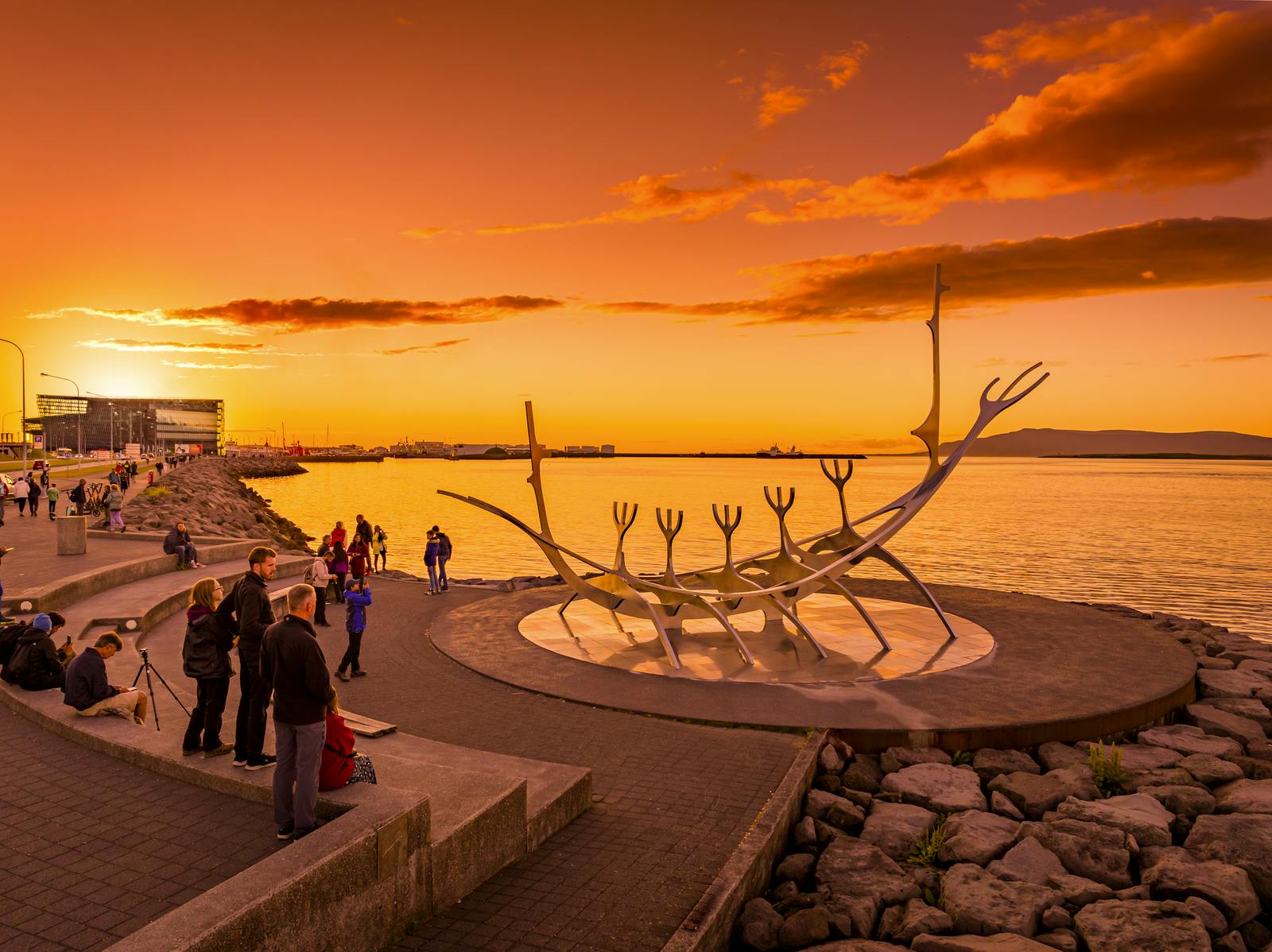
Located along Reykjavik’s waterfront, the Sun Voyager (Sólfar) is a steel sculpture resembling a Viking ship. It symbolizes exploration and discovery, making it a popular photo spot with beautiful views over the bay and Mount Esja.
7. Visit Reykjavik City Hall and Tjörnin Pond
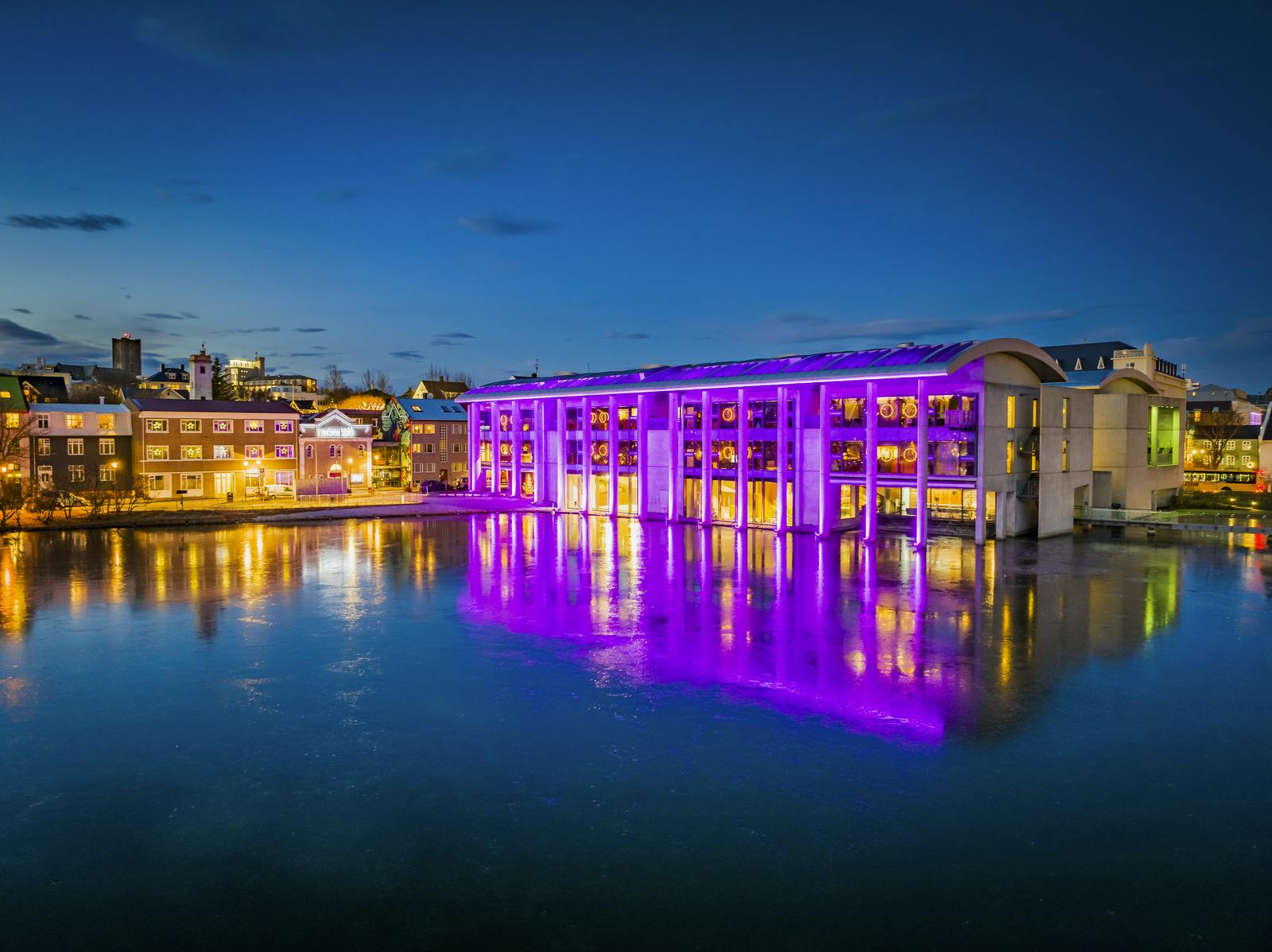
At the edge of Tjörnin Pond, Reykjavik City Hall blends modern architecture with scenic surroundings. Visitors can view a giant 3D map of Iceland inside, while the pond outside attracts swans, ducks, and seasonal birdlife.
8. Soak in a Geothermal Pool
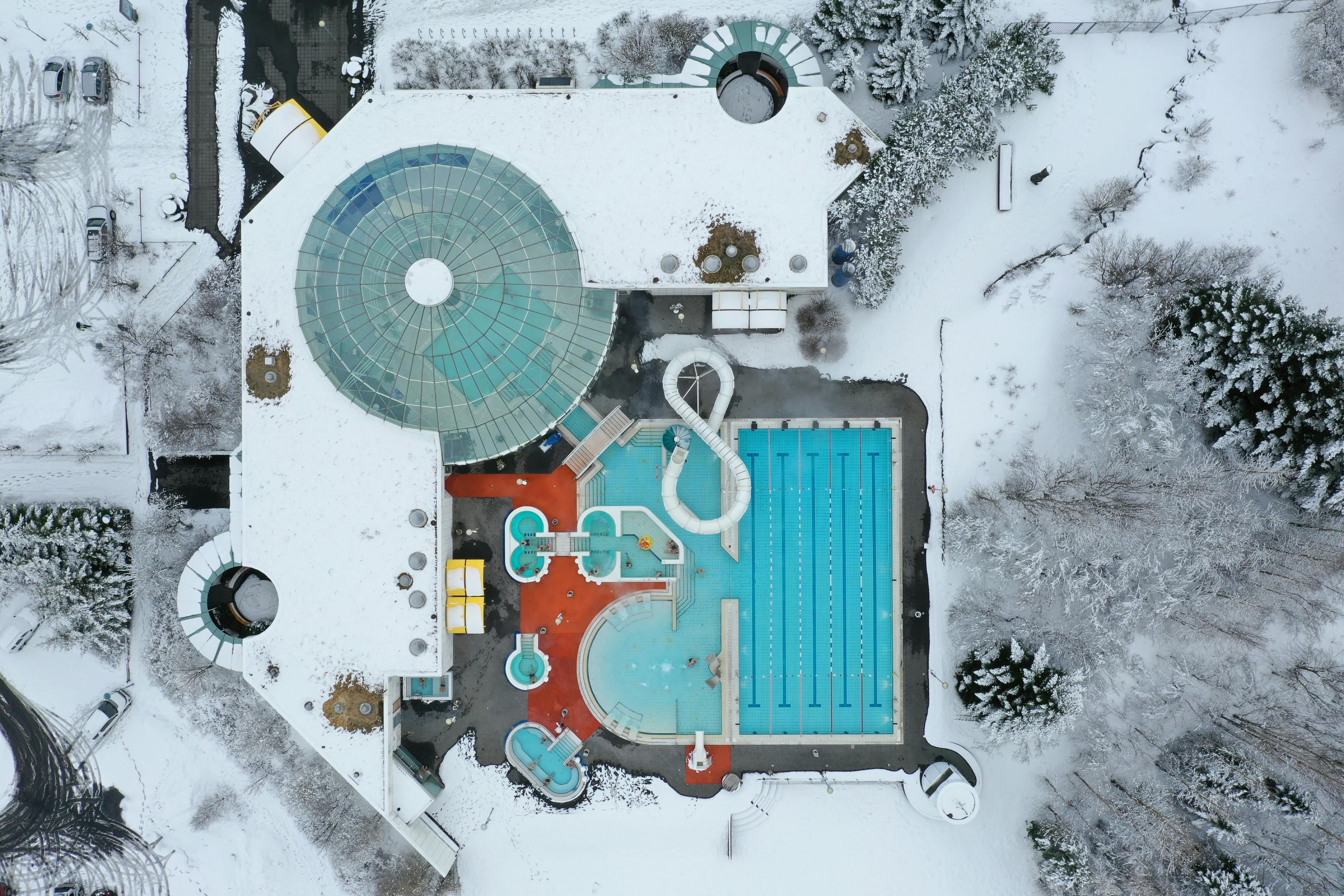
Reykjavik locals love their public swimming pools, which double as social hubs. Popular choices include Laugardalslaug, the city’s largest pool complex, Vesturbæjarlaug, a cozy neighborhood favorite, and Sundhöllin, Reykjavik’s oldest indoor pool with rooftop hot tubs. Check out this list of the best local swimming pools in Reykjavik.
If you prefer a luxury spa experience, then Sky Lagoon’s barely a 15 minute drive away from downtown. In nearby Reykjanes, thanks to its convenient location between Reykjavik and the airport, the Blue Lagoon’s similarly easy to tick off your bucket list if you have a morning or afternoon to spare.
Both are immensely popular in summer, but because of the warmth of the water they’re a pleasant experience no matter when you call in. Even on the most hurried stopover, you should make time for at least one of these, and a day out to the Golden Circle too if you can squeeze it in.
To get the best out of your visit, read more about the best free things to do in Reykjavik.
Museums in Reykjavik
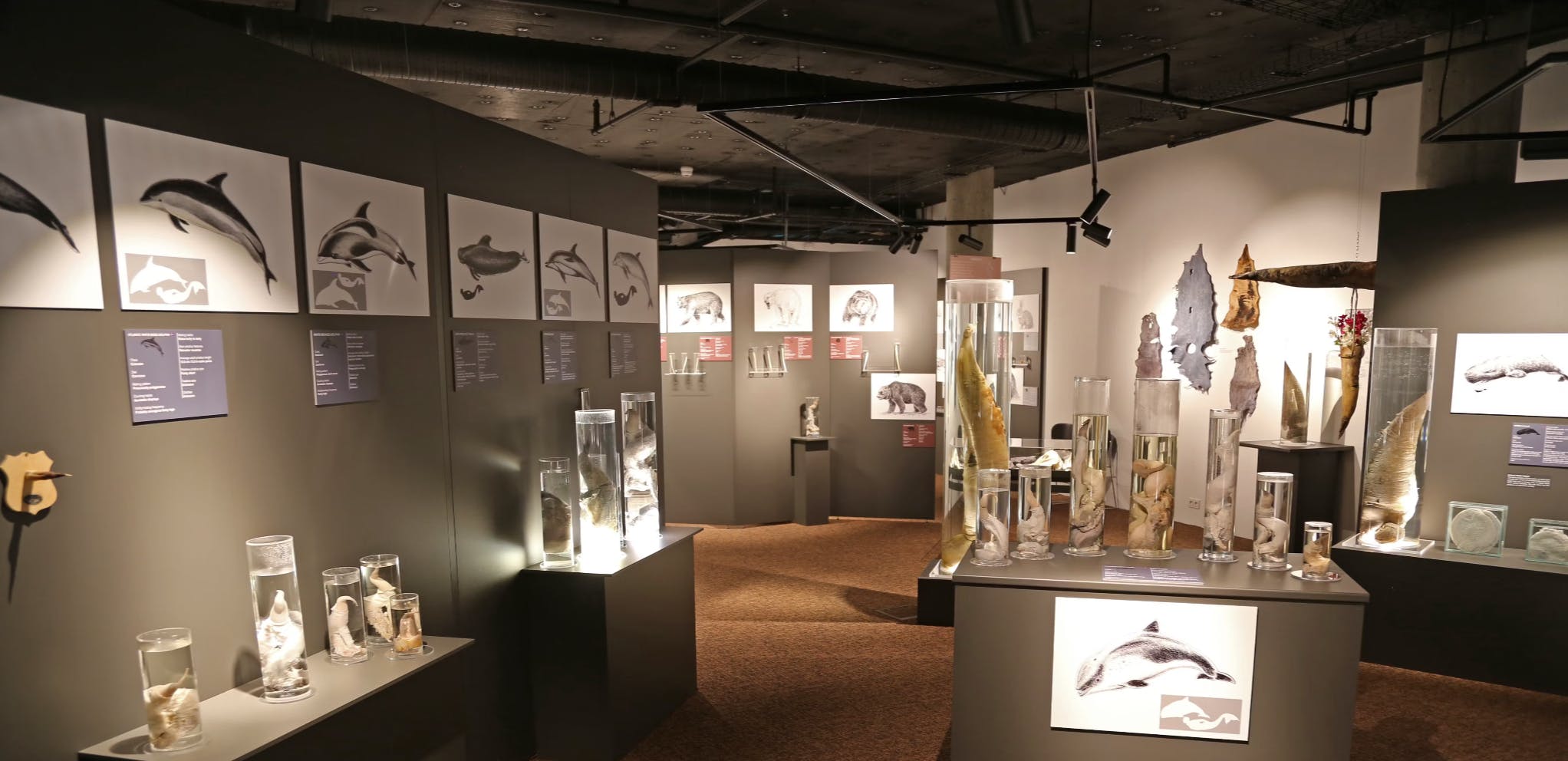
The museums in Reykjavik offer immersive cultural and historical experiences. The National Museum of Iceland showcases centuries of history, from Viking tools to modern Icelandic society. Visitors leave with a deep understanding of the nation’s heritage and resilience through changing times.
Art lovers should explore the Reykjavik Art Museum, Iceland’s largest, with three distinct venues. The Settlement Exhibition highlights Viking ruins beneath the city, while the Saga Museum uses lifelike figures to retell Iceland’s famous sagas. Each museum deepens your connection to Reykjavik and Icelandic identity.
Many of these attractions are included in the 48-Hour Reykjavik City Card, offering excellent value for travelers who want easy access to museums, public transport, and top landmarks.
If you’d like to explore further, check out this detailed guide on the best museums in Iceland for inspiration beyond Reykjavik.
Travel Tips for Reykjavik
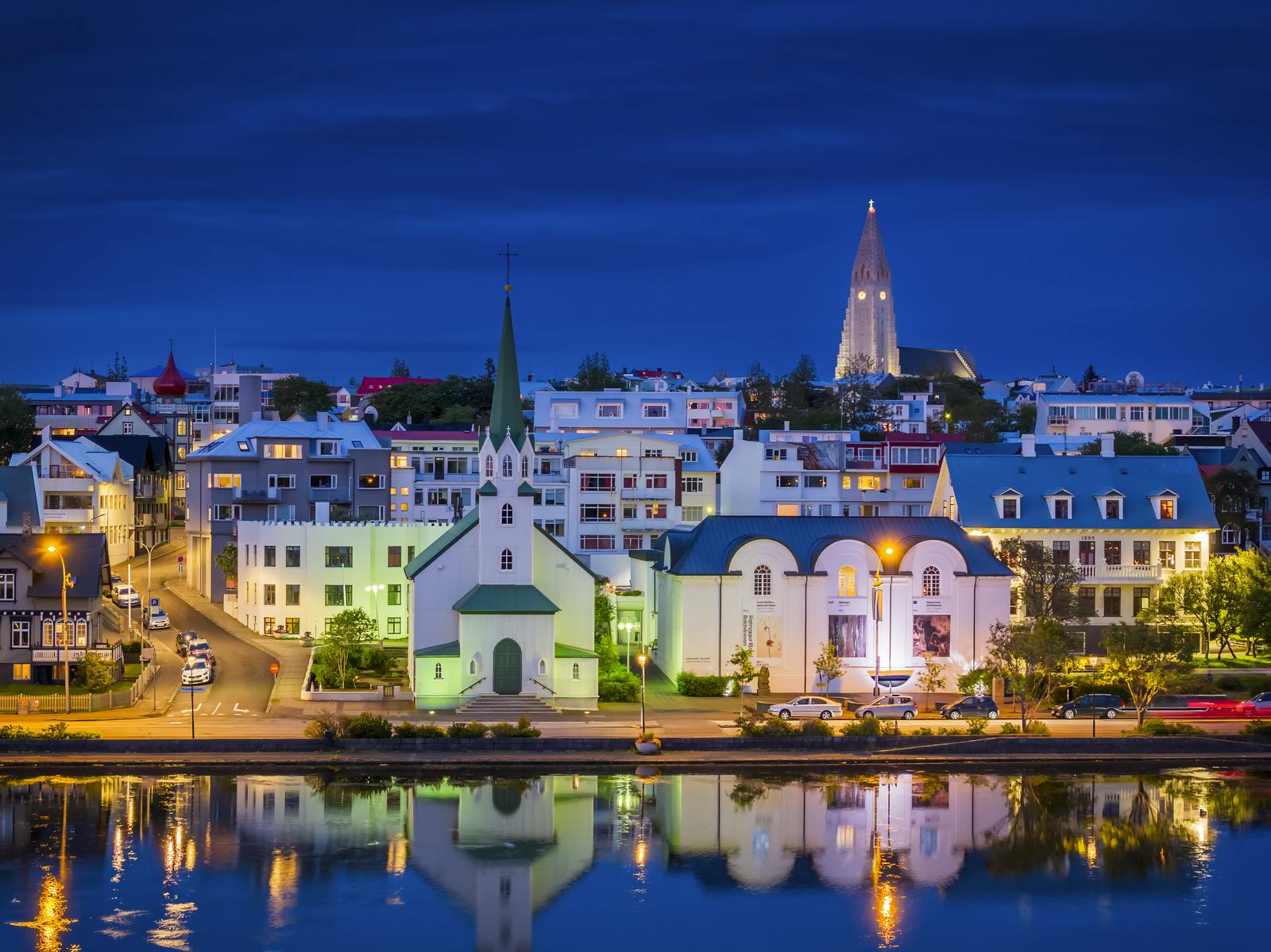
Planning ahead makes your trip to Iceland’s capital smoother and more enjoyable. Here are the most important tips for visiting Reykjavik that every traveler should know:
- Airport Transfers: The most affordable way to reach Reykjavik from Keflavík International Airport is by Flybus or Airport Direct shuttles. Taxis are expensive, so unless you’re renting a car, buses are the best choice.
- Safety in Reykjavik: Reykjavik is considered one of the safest cities in the world. Walking alone at night is common, and crime is minimal. Still, take standard precautions as you would in any major city.
- Shopping Costs: Shopping in Reykjavik can be pricey, especially clothing and outdoor gear. Prices are fixed, and haggling isn’t part of Icelandic culture. Pack winter essentials like coats and boots before you travel.
- Tipping Culture: Tipping is not expected in Reykjavik. Restaurant bills already include service charges, though rounding up is appreciated. Locals rarely tip, and staff are paid fair wages.
- Alcohol and Nightlife: Drinks in bars and clubs are expensive. Many locals practice “rúntur” (pre-drinking) at home before heading out. Alcohol is sold only in licensed state-run stores called Vínbúðin, not in supermarkets.
- Payment Methods: Iceland is almost cashless. Credit and debit cards are accepted everywhere, even for small purchases like coffee or hot dogs. There’s no need to exchange large amounts of cash.
- Weather Readiness: Reykjavik weather can change within minutes. Always dress in layers, waterproof outerwear, and sturdy shoes. Even in summer, evenings can feel chilly.
- Language: Icelandic is the official language, but English is widely spoken, especially in shops, restaurants, and tourist attractions. You won’t face communication issues. Learn more about the Icelandic language before you visit.
- Public Transport: Reykjavik has no metro or train system. Public buses are efficient for getting around, but a rental car is best for exploring outside the city. Download the Straeto bus app for schedules and tickets.
- Food & Dining: Reykjavik’s restaurant scene is fantastic but not cheap. Budget travelers should look for lunch specials, food halls, and hot dog stands. Tap water is safe, fresh, and free — no need to buy bottled water.
Get Ready To Explore the Best Things to do in Reykjavik
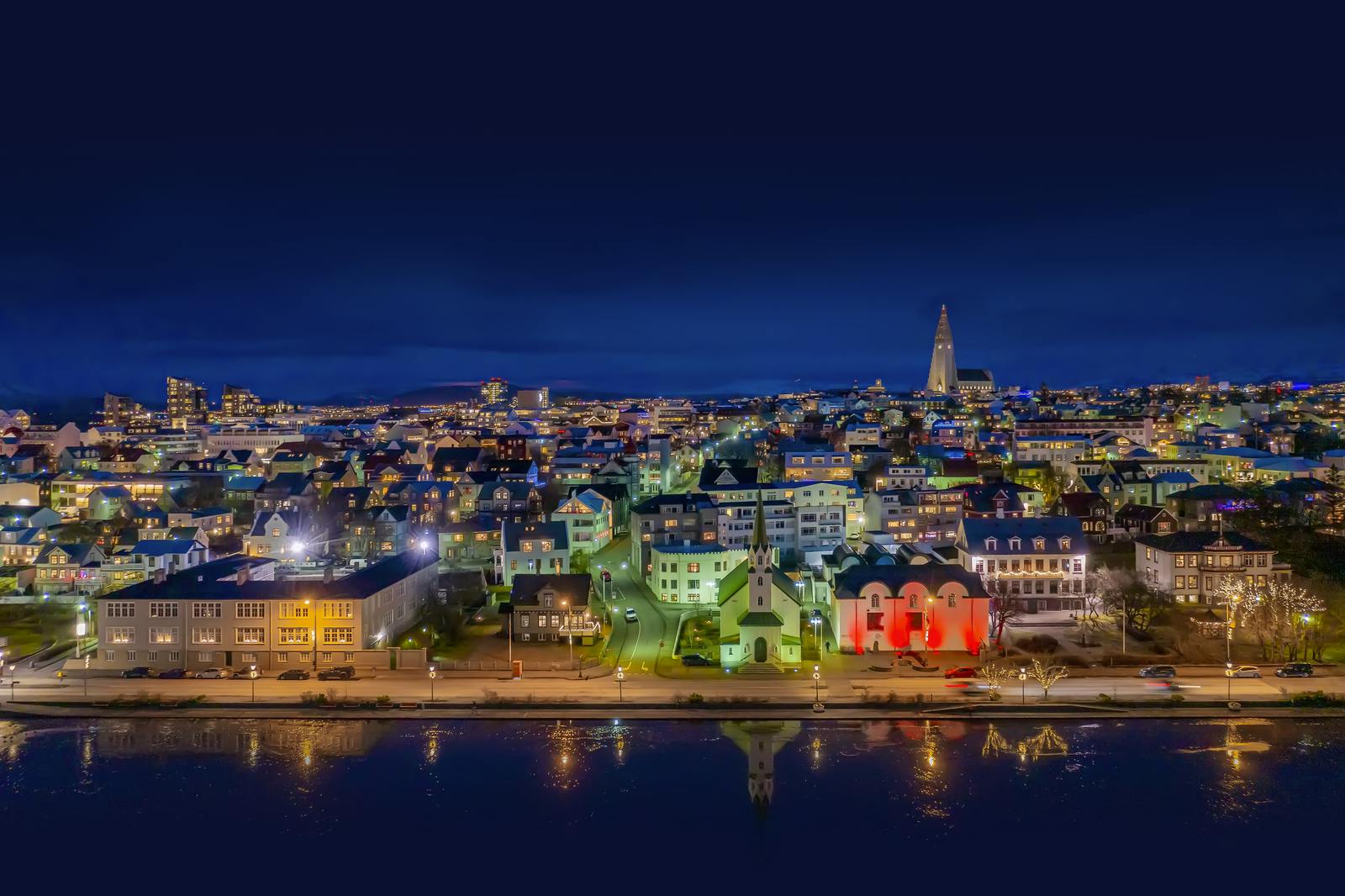
Now you have a good idea of what to do in Reykjavik during your visit. From Viking history and unpredictable weather to top restaurants, museums, activities, and neighboring towns, Reykjavik offers endless opportunities to explore culture, cuisine, and natural beauty.
Whether you want adventure, history, or relaxation, Reykjavik is the ideal gateway to Iceland. Its charm lies in blending modern urban life with wild landscapes. Once you experience it, the memories will stay with you forever.
Reykjavík FAQ
What is the best time of year to visit Reykjavik?
Summer (June–August) offers long daylight hours, festivals, and whale watching, while winter (November–February) is best for Northern Lights and Christmas markets. Spring and autumn are quieter with fewer crowds and lower costs.
How many days do you need in Reykjavik?
Most visitors spend 2–3 days in Reykjavik to see the highlights, museums, and dining spots. Add 1–2 extra days if you plan day trips like the Golden Circle or Blue Lagoon.
Is Reykjavik expensive for tourists?
Reykjavik is one of Europe’s pricier destinations, with higher costs for food and hotels. Budget-friendly options include food halls, hot dogs, and free attractions like street art and Tjörnin Pond.
Can you see the Northern Lights in Reykjavik?
Yes, the Northern Lights are visible from Reykjavik between September and April. For better views, head to darker areas like Grótta Lighthouse or join a guided tour.
Do you need a car in Reykjavik?
Reykjavik is compact and easy to explore on foot or by bus, so a car isn’t necessary for the city. Renting a car is recommended if you want to explore Iceland’s countryside and natural wonders.







